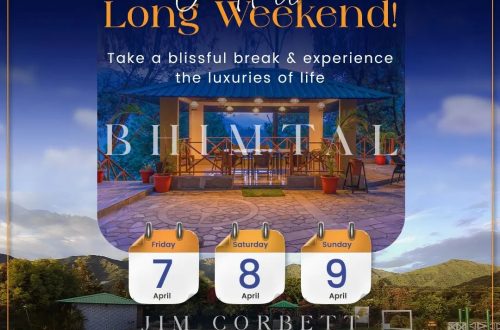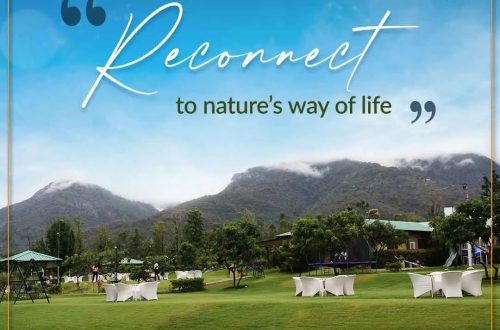If you’re itching to escape into the raw, untamed beauty of the Himalayas, the Hampta Pass Trek is the one that should be high on your list. I recently did this trek and trust me, it was every bit the adventure I hoped it would be. It’s not overly challenging, but it packs in landscapes that’ll shift from thick forests to barren high-altitude deserts in just a few days.
Let me walk you through the Hampta Pass trek route step by step—from Manali to Chhatru—with all the essential stops, elevations, and what you’ll actually experience. And if you’re wondering about logistics, I went with a local group that had deep roots in Himachal—The Searching Souls. I’ll casually mention how that helped without turning this into a sales pitch. Let’s get into the journey.
Starting Point: Manali – 6,700 ft
The excitement starts at Manali, which is more than simply the start of this journey. To acclimatise, you should arrive one day prior to the start of the climb. That’s what I did. I used the time to double-check my gear, hydrate a lot, and just let the mountain air start sinking in. This place is also where you meet your guides and the rest of your trekking group.
The Searching Souls had arranged a pre-trek briefing, and that really helped. I got a clear rundown of what to expect, what gear to carry each day, and what to leave behind in the base camp’s cloakroom. Nothing felt forced or commercial, just solid mountain advice from folks who’ve been doing this for over a decade.
Day 1: Manali to Jobra – Drive | Jobra to Chika – Trek (9,500 ft)
The actual trekking started after a brief, rocky drive of about two hours from Manali to Jobra. The road from Manali snakes through thick forests of deodar and pine, and once you hop off at Jobra, it’s all footwork from there. The climb is mild on this day—perfect for getting your body warmed up for what’s coming.
The Rani Nallah stream gurgles alongside the path through untamed meadows on the way to Chika. If you’re anything like me, you’ll pause every five minutes just to soak it in. You’re walking through scenes that feel like they’re straight out of a desktop wallpaper.
We camped at Chika, surrounded by mountains, with sheep grazing nearby and the sound of the stream lulling us to sleep. The crew set up tents while we got hot chai and soup. Simple things feel like luxury here.
Day 2: Chika to Balu Ka Ghera – 11,900 ft
The track begins to test you on the second day, with altitude gradually kicking in, rockier terrain, and steeper climbs. It’s about a 5-6 hour trek to Balu Ka Ghera, which loosely translates to “heap of sand.” It’s a flat expanse surrounded by massive cliffs and snow patches, especially early in the season.
We crossed several stream sections. If you go in June or early July, brace yourself for icy-cold water. I had waterproof sandals ready, thanks to a heads-up from the The Searching Souls team. They knew this terrain intimately, and little tips like this made life a lot easier.
Balu Ka Ghera is the last green camp. After this, the scenery turns stark and dramatic. Additionally, it’s your final opportunity to get some rest before ascending to the pass.
Day 3: Balu Ka Ghera to Hampta Pass (14,000 ft) and Descent to Siagoru – 12,900 ft
This is the big day. The push to the pass is steep, challenging, and immensely rewarding. We started early—like 5:00 AM early—to catch solid snow and avoid afternoon weather tantrums.
The climb took us through icy patches, sharp ascents, and finally to the Hampta Pass, a narrow saddle between two valleys. As I stood there, I saw the world divided in two parts: the arid, nearly lunar terrain of Lahaul on one side and the verdant Kullu Valley on the other. It was unreal.
The descent is no joke either. Steep, slushy, and it works your knees hard. By the time we reached Siagoru, I was beat, but the isolation and stark beauty of this campsite gave me chills. Literally and metaphorically.
The Searching Soul’s guides were extremely patient during this stretch, especially with first-time trekkers. They even had a backup mule in case someone needed help, which thankfully none of us did, but just knowing that was reassuring.
Day 4: Siagoru to Chhatru – 11,000 ft | Optional Drive to Chandratal
The last trekking day was mostly descent. The trail snakes along the Spiti River, and the terrain is rocky, loose, and wild. You will begin to feel as though you are no longer in Himachal. There is no vegetation and the valley is arid, with brown mountains. Spiti in all its untamed splendour.
We reached Chhatru, a tiny patch of green in the middle of nowhere, around noon. From here, depending on road and weather, there’s an option to drive to Chandratal Lake—a surreal high-altitude lake about 2 hours away.
We were lucky. The roads were clear, and we managed a quick visit. It felt like the perfect ending to a mind-blowing journey.
Return to Manali via Atal Tunnel
Next day, we drove back to Manali via the Atal Tunnel, which is an experience in itself—cutting under the Pir Panjal range. It took just about 3-4 hours, and by noon, I was back at the basecamp, craving a hot shower and pizza.
Final Thoughts
The Hampta Pass Trek isn’t just a trek—it’s a transformation. You are in alpine meadows one minute, and then you are traversing snow-covered valleys in the next. It’s that rare trek that gives you both lush greenery and high-altitude desert, all in five days.
If you’re someone who enjoys a balance of challenge and beauty, this one hits the sweet spot. Also, going Hampta Pass trek with a solid local team like The Searching Souls made the experience smoother and safer without ever making it feel overly curated.
FAQs
1. Which time of year is ideal for the Hampta Pass Trek?
Mid-June to early October is ideal. Expect snow at the pass in June and clear trails by August.
2. How fit do I need to be for the trek?
Moderate fitness is enough. If you can walk 5-6 km daily for a week before the trek, you’re good.
3. Is it safe for lone travellers to walk to Hampta Pass?
Yes, but it’s best to go with an experienced group like The Searching Souls for safety and guidance.
4. Can beginners do this trek?
Absolutely. It’s often recommended as a first Himalayan trek because of its moderate difficulty and dramatic views.
5. What should I pack?
Good shoes, layered clothing, rain gear, thermals, sunscreen, and a reliable backpack. A full list is usually provided by the trek operator.





